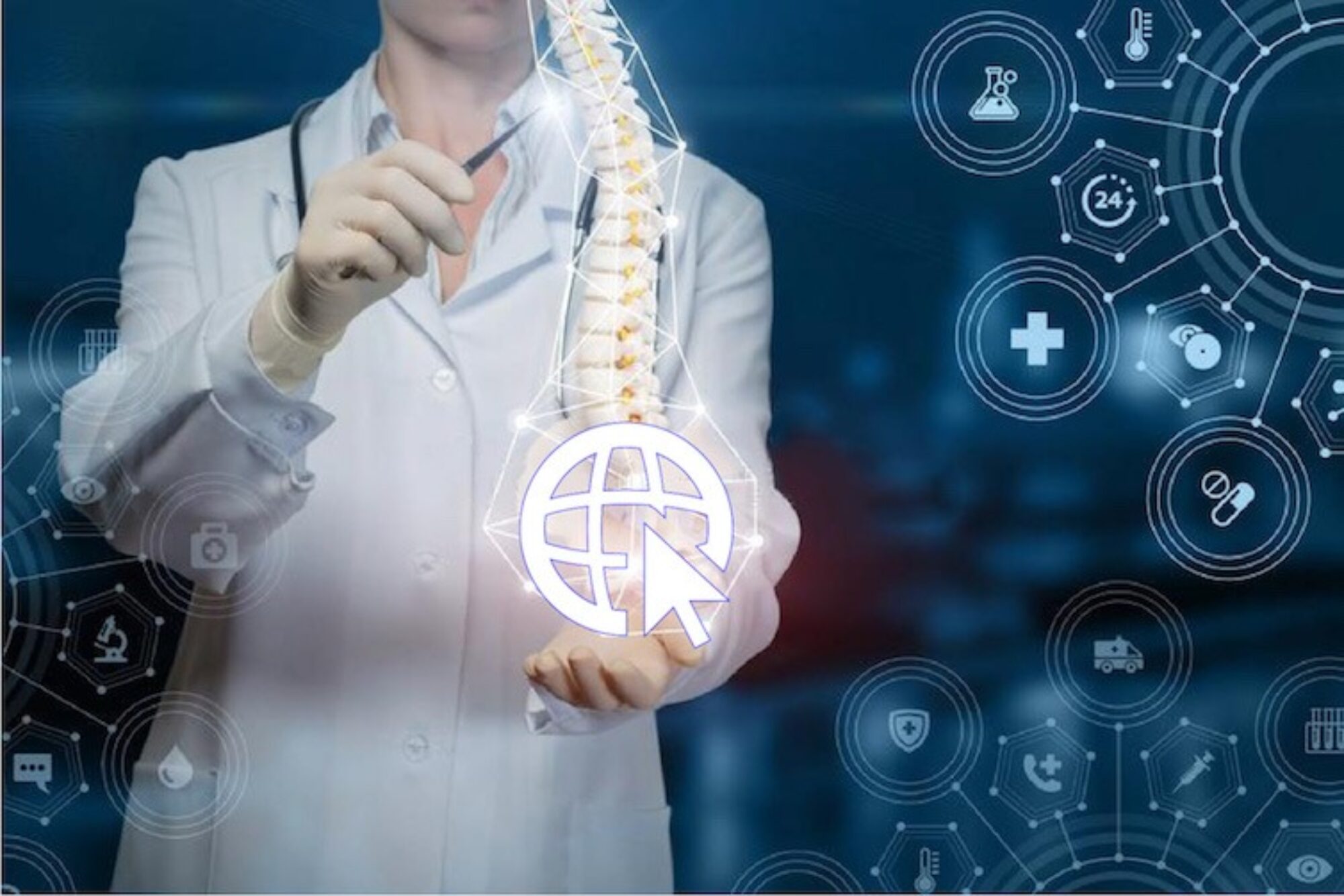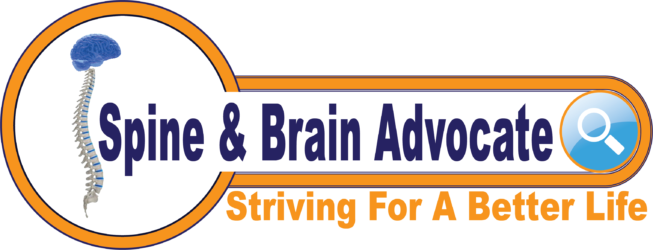Grabb-Oakes
What is the Grabb-Oakes Measurement?
Grabb’s line—the perpendicular distance from the basion-C2 line (pB-C2)—is a widely used radiographic measurement with significant clinical implications in patients with a complex Chiari malformation.
What is considered an abnormal Grabb-Oakes measurement?
A measurement of ≥ 9 mm suggested a high risk of compression on the brainstem’s underside.
What are some symptoms people experience with an abnormal Grabb-Oakes measurement?
Some symptoms experience are headache, dizziness, confusion, trouble swallowing, weakness, numbness, and electric-like tingling.
Dynamic Flexion and Extension MRI
In a recent study conducted in Australia, they found that GOL measurements did not exhibit a statistically significant difference when switching from neutral to flexion. The article references the following Grabb-Oakes measurements from the study:
- Neutral: 4.5 – 11 mm
- Flexion: 2.5 – 10.5 mm
- Extension: 3 – 10.5 mm
Is Grabb-Oakes a legitimate measurement?
Yes, Grabb-Oakes is a common measurement utilized by Neurosurgeons and Radiologists.
Dr. Indran Davagnanam gives a brief, yet comprehensive overview on the Grabb-Mapstone-Oakes measurement (sometimes called the “Grabb-Oakes”, or the “pB-C2″ measurement). The initial purpose of this measurement was to better understand compression on the front (ventral) part of the brainstem.” Royal Society of Medicine 2019 (UK) Reference
“Based on our systematic review, we recommend that the CXA, Harris measurement (BDI & BAI), Grabb-Mapstone-Oakes measurement, and the angular displacement of C1 to C2 be used to evaluate suspected CCI in EDS patients. Surgical fixation of suspected CCI should only be performed in cases with clear radiographic presence of instability and concordant symptoms/signs. Consensus-based guidelines and care pathways are required.” (Canada) Reference
References
- https://www.ncbi.nlm.nih.gov/pmc/articles/PMC7112711/#:~:text=The%20Grabb%2DOakes%20measurement%2C%20or,statistically%20correlated%20with%20clinical%20outcome.
- https://pubmed.ncbi.nlm.nih.gov/28799840/
- https://www.researchgate.net/publication/330271077_Cervical_medullary_syndrome_secondary_to_craniocervical_instability_and_ventral_brainstem_compression_in_hereditary_hypermobility_connective_tissue_disorders_5-year_follow-up_after_craniocervical_redu
- https://www.neurosurgery.columbia.edu/patient-care/conditions/basilar-invagination#:~:text=At%20the%20other%20extreme%2C%20basilar,when%20the%20neck%20is%20bent.
- https://www.ncbi.nlm.nih.gov/pmc/articles/PMC4707768/

